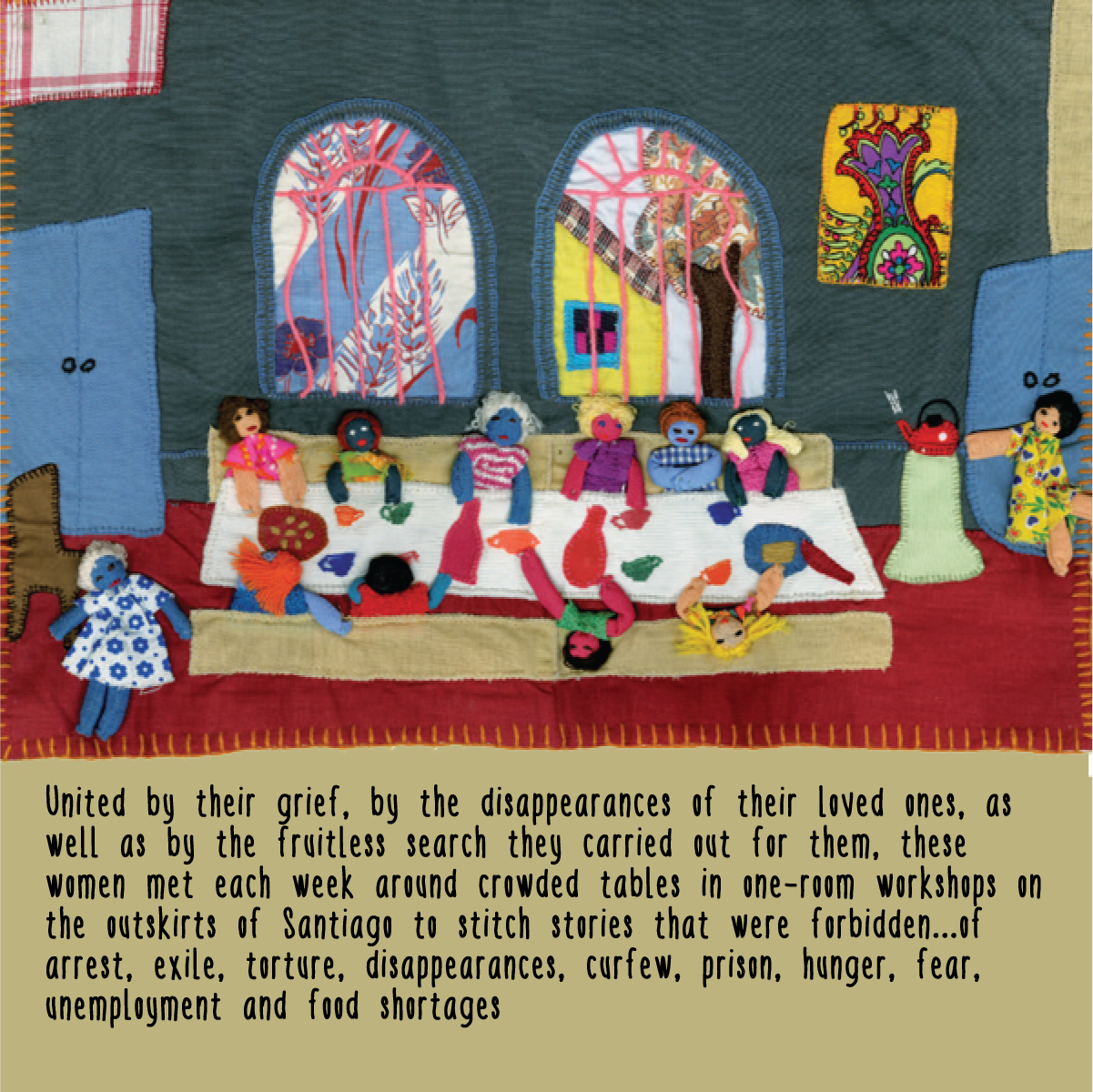The Cloth of Resistance
The Purpose of Art (#5)
Can threads narrate a story that's forbidden and become the voice of a silenced nation?
Can a piece of fabric fight against fascism?
An arpillera, which means burlap (the cloth of resistance) in Spanish, is a folk art created through appliqué or embroidery by groups of women (also known as arpilleristas) and narrate stories about daily life. During Pinochet's brutal dictatorship in Chile they became a popular act of political resistance.
Hundreds of thousands of people were persecuted, tortured, imprisoned and murdered under General Pinochet. Women lost breadwinners when brothers, fathers, sons, and partners disappeared. Arpillera workshops were places where they created tapestries to sell for basic sustenance. They stitched stories of sorrow to share their trauma, to bring their pain into the public eye. They also exposed the human rights abuses carried out by the dictatorship as the arpilleras were secretly smuggled out of the country through international networks that connected women in Chile with their exiled sisters.
Pinochet remained in power until 1990 and continued to supervise the military until 1998. While officials tried to hide or deny the human rights abuses conducted under his administration, the tangible nature of the arpilleras and the global attention they garnered made it impossible to deny the regime’s horrors and the lives it claimed.
Artworks sourced from:
https://web.museodelamemoria.cl/wp-content/files_mf/1579803590ARPILLERAS_2ed.pdf
https://molaa.org/arpilleras-online
Text compiled from the book:
The Purpose of art is a short series on stories of art and its many uses.
If you have a story to share, mail us at compassioncontagion@gmail.com
Conceived and created by @that_thing_i_do for Compassion Contagion








